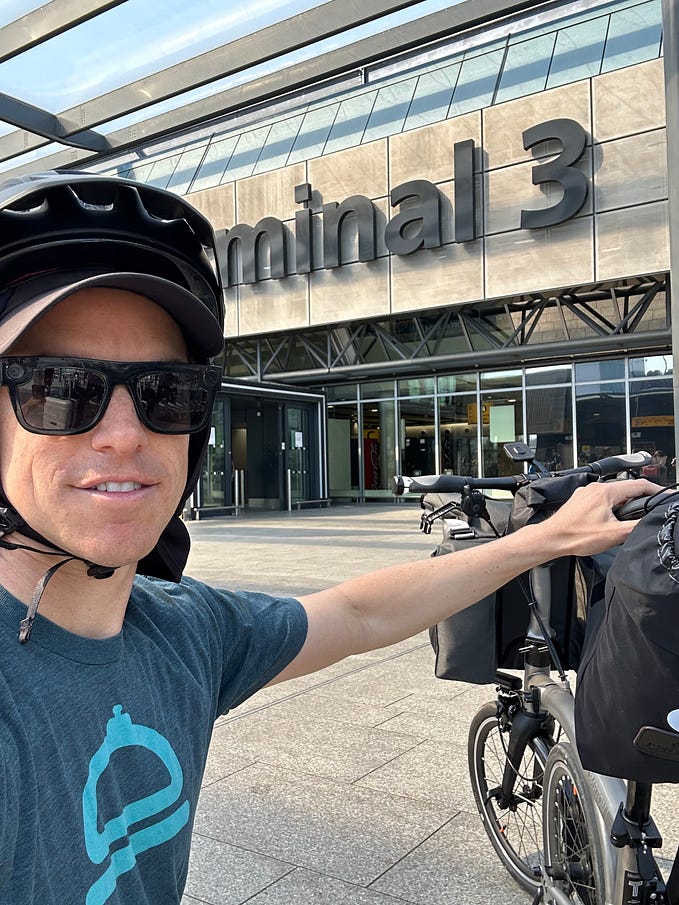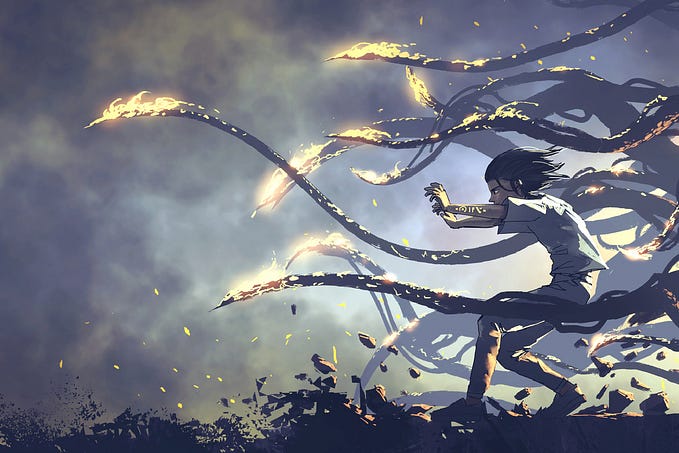A “love letter” to Los Angeles is more like a bad romance

Like many Angelenos, I’ve been watching the new 6th St Viaduct as its risen from the ashes of the old 6th St bridge, crossing two freeways and the L.A. River. And in the last year or so, it’s started to look very majestic, with its soaring arches and advanced LED lighting.
In 2015, when the project broke ground, Mayor Eric Garcetti spoke of the “opportunity the project presented the city to champion a new approach to streets and transportation” and called it a “forward-looking multi-modal design” that would “change the way we move” as a city. (source: Streetsblog LA)
Then Councilmember Jose Huizar spoke of the “importance of building a destination and prioritizing all modes of transportation” and (then) State Senator Kevin de León said the bridge would result in a “reduction of carbon emissions.” (source: Streetsblog LA)
On the Michael Maltzman Architecture website (the chosen design architect for the project), the bridge is described as being for a city that “forsees a multimodal future for the City, one that accommodates cars [and] incorporates significant new bicycle connections.”

Fast forward to July, 2022. The bridge, a few years late and over a $100M over budget, is finally ready to open. There’s much celebration in the air, and (now Councilmember) Kevin de Leon rides a bike across the bridge.

Electeds were out in force, and Mayor Eric Garcetti declaring the bridge “our generation’s love letter to the city.”
Then the other shoe dropped, and road safety advocates realized they had been had. The bridge had three major flaws for people using the bridge to cross by bike:
1. The “protected” bike lanes were protected by rubber stoppers and fancier versions of K71 plastic bollards, nothing that would actually protect anyone. While this is technically a Class 4 protected bike lane, given the context of four lanes of speeding car traffic next to it, the protection offered is only slightly better than paint only. The rubber and plastic are not going to stop a car intruding into the bike lane from injuring or killing a cyclist. And adding insult to injury, the city did build a thick concrete wall to protect pedestrians — and then proceeded to put the “protected” bike lane on the car side of the wall. Why do people on bikes deserve less protection than people walking?

2. The “protected” bike lanes were designated by Caltrans to be used as a shoulder when cars or emergency vehicles need the space; they were designed to be permeable. Yes, you read that right. The “protected” lanes were specifically designed so cars could run over the “protection” if someone got a flat tire. Nevermind that there could be someone biking when a car decides to use the bike lane, likely killing or injuring them.

3. An entire ~300 foot section on the East side of the bridge is missing bike lanes all together — so just getting to the “protected” bike lanes requires someone to summon an unrealistic amount of courage. Asking people on bikes to share the road with cars going 40 and 50 miles per hour is a massive middle finger to children, the elderly, families, and anyone else that doesn’t enjoy putting their life at risk.

And like clockwork, in less than 2 weeks, cars managed to crash into both sides of the bridge’s “protected” bike lanes:
When the city builds a wide open space for cars with no intersections or lights, in L.A. that means illegal street racing (of course with illegally loud exhausts, typical for Dodge):
So now what? We have a $600M bridge built like a highway with “protected” bike lanes built to be used for cars instead of keeping people on bikes safe, and a few hundred foot gap with no bike lanes. All in the context of a “multi modal futuristic” design as promised in 2015.
According to LADOT, the bike lanes were the best they could do given Caltrans’ requirement to have a shoulder on the bridge and to make the bike lane permeable (despite promises of the “new Caltrans” in 2019). Why does Caltrans get to call the shots? Because they administer the federal and state money that paid for the lion’s share of the bridge. Once the City of Los Angeles offically takes ownership of the bridge (which could take up to a year for the project to officially close out) then presumably the city could change the configuration, but that would require new money and political will.
The City of Los Angeles should not wait for someone to get injured or killed riding a bike over the bridge to take action. Here’s what should happen now:
- Caltrans District 7 should add a concrete curb (just like they did for pedestrians) so actually protect people on bikes. The agency must recognize that designing a “protected” bike lane for use for cars when they need it is negligent. And while the project is still under their purview, they have the power to do something about it.
- Caltrans should remove a vehicle traffic lane in the portion that’s missing bike lanes to make room for physically protected (with concrete) bike lanes so the bike lanes fully connect from one side of the bridge to the other. You can’t have a good protected facility for most of the bridge and a few hundred foot gap to get to or from the protected facility with sharrows. Sharrows don’t protect anyone and in this case are going to get someone killed by speeding cars coming on or coming off the bridge and not expecting someone on a bike.
- Reduce the entire bridge to one vehicle lane in each direction and add a center lane in order to have a congruent design for the entire bridge. The center lane can act as a “breakdown lane” (which the “protected” bike lane is currently designated for) as well as space for emergency vehicles. Then, with the space that is saved, and given that a shoulder is no longer needed, they could build a concrete curb along the bike lanes and actually protect them. This would also solve the gap, as there would then be room to continue to the protected bike lanes all the way to the Boyle Heights side.
Los Angeles’ Bureau of Engineering, LADOT, and Caltrans have sent a “love letter” that is actually a breakup letter to people on bikes. Whether intentional or not, it signals that the city doesn’t really care about the safety for people on bikes (or they do, unless the space is needed for cars). Spending $600M of our taxpayer dollars on a substandard multi modal bridge in 2022 isn’t acceptable. The striping should be changed ASAP to accommodate broken down cars and emergency vehicles in the center while physically protecting people on bikes with concrete and extending the lane for the full length of the bridge.
Lastly, here’s what a real bike lane on a bridge looks like, from a recent trip I took to New York City. L.A. could learn a thing or two.







